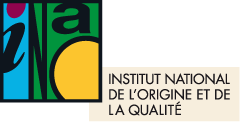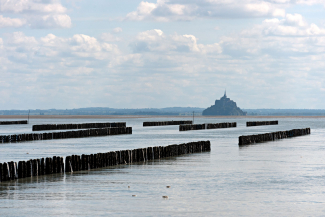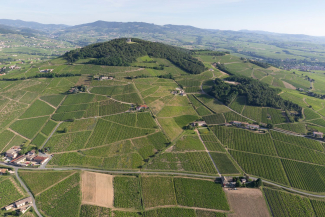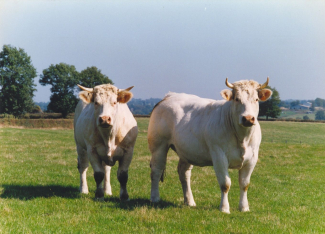Protecting land and territories

In addition to delimitation, the protection of geographical areas and their production potential is a regalian mission of the institute. Legislative and regulatory texts stipulate that INAO must be consulted for draft urban planning documents in an appellation area. This INAO role has been strengthened over the years.
Our missions
- Study the possible consequences of creating an urban planning document on official signs identifying quality and origin (SIQO)
- Ensure thrifty and reasonable management of agricultural land consumption
- Preserve production potential under SIQO, the environment and landscapes
- Increase awareness of the need to protect terroirs and the benefits of SIQO for regional development
Issues linked to the ecological transition and food sovereignty
Regulatory framework
Regulations stipulate that the INAO must be asked for an advisory opinion in the context of urban planning documents (SCoT, communal or inter-communal PLU, carte communale) involving the consumption of space classified as PDO.
This takes place prior to public inquiries.
INAO's expertise thus provides valuable input for decision-making.
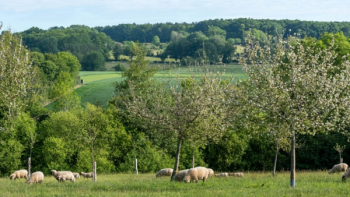
The INAO also participates, with a deliberative vote, in departmental commissions for the preservation of natural, agricultural and forest areas (CDPENAF), whenever a reduction in SIQO production potential is envisaged, as well as in land development commissions (at departmental and communal levels).
Strong collaboration, carried out at a very early stage of projects, enables the emergence of developments adapted to the territory's development challenges, the preservation of local heritage and the perpetuation of farming activity under SIQO.
Regulatory texts for further information
- Article L.642-22 du Code Rural et de la Pêche Maritime
- Article L.112-3 du Code Rural et de la Pêche Maritime (sur les documents d'urbanisme)
- Article L.112-1-1 of the Code Rural et de la Pêche Maritime (on the commission départementale de la préservation des espaces naturels, agricoles et forestiers - CDPENAF)
- Article L. 121-3 of the Code Rural et de la Pêche Maritime (on the commission communale d'aménagement foncier - CCAF)
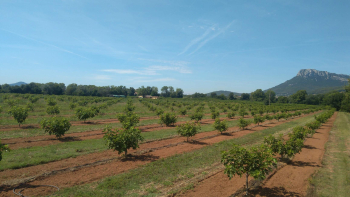
Land under SIQO: numerous pressures
According to data published by the Observatoire de l'artificialisation des sols, at least 20,000 hectares of agricultural, natural or forested land disappear every year, equivalent to twice the surface area of the city of Paris.
Agricultural land is under a great deal of pressure.
The retreat of agricultural land in favor of urbanization and infrastructure
The need for land for urbanization, both on the outskirts of major cities and in rural areas, continues unabated. This is to the detriment of farmland, due to its affordability and ease of development.
Conflicts of use
The extension of urbanized areas increases the points of contact between housing and agricultural activity. In addition to the traditional noise and odor nuisances cited by new residents, health risks resulting from the spreading of plant protection products are now being put forward. Another dimension of the subject concerns projects for renewable energy installations, but also quarries, business parks, roads...
Most of these installations generate nuisances in the form of dust, gaseous or liquid effluents, increased traffic... In the surrounding area, players in the SIQO sector may be affected within a variable radius. It may also involve damage to the collective heritage.
Transformation of landscapes
The various development and installation projects also contribute to transforming the traditional image of the landscape associated with the SIQO-recognized product. This evolution can also result from changes in farming practices, such as the destruction of bocage to make way for cereal crops.
Faced with these pressures, the economical management of rural space and the protection of agricultural activity are important issues.
Guides and information for players in the protection of terroirs and territories
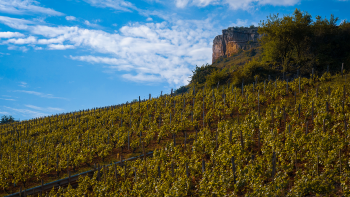
Defense and management organizations
The protection mission is carried out by the INAO with and alongside the ODGs. The aim is to defend the local dynamics of these product sectors. On the pillar constituted by the specifications of each SIQO, INAO and ODG work together, according to the respective missions entrusted to them by the legislator, to preserve the following issues:
- A collective heritage linked to natural and human factors
- The positive image of the SIQO, its notoriety and reputation
- The sustainability of the SIQO, the farms and businesses that produce it
- The sustainability of the economy of the entire sector
The INAO has produced a leaflet entitled "Protection of territories under signs of identification of quality and origin: mode d'emploi " giving all the details to intervene concretely.
Feel free to consult it and soak up the shared arguments. The pooling of INAO and ODG interventions will give greater effectiveness to protection actions.
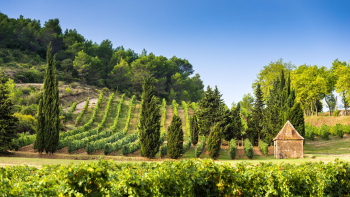
Local authorities and decision-makers
Projects for urban planning and development documents in an appellation d'origine area must be submitted to the INAO for an advisory opinion.
For local decision-makers, this approach represents an opportunity to better consider the challenges of protecting agricultural areas under quality and origin identification signs (SIQO), but also to arrive at consensual projects that are adapted to the issues of our time: ecological transition, food sovereignty, the fight against soil artificialisation, economic development of territories and sectors...
Understanding the role of local authorities in protecting SIQO terroirs and territories
